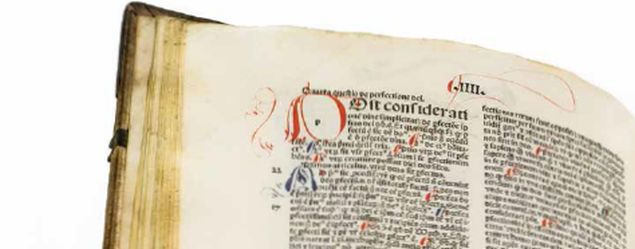
Commentaries on the Exhibit’s Works
Files
Download Commentary (170 KB)
Description
A brief commentary prepared by Andrew Slade, PhD, Associate Professor, English, on the following work:
Sigmund Freud
Die Traumdeutung (The Interpretation of Dreams)
Leipzig, 1900; first edition; presentation copy
Permission Statement
This item and all others in the Imprints and Impressions collection are licensed for research, educational and private use. Proper attribution must be used when downloading or reproducing this content. If you wish to use the materials for other purposes, please contact University of Dayton Libraries to obtain permission: 937-229-4221.
Contents of Streaming Media
Andrew Slade, chair of the English department, explains the importance of Sigmund Freud’s exploration of dreams for the field of psychoanalysis.




Comments
In The Interpretation of Dreams, Freud teaches us that we can trace the things we do—those things we control and those we sometimes lose control of (what he calls “symptoms”)—to our most intimate and ancient wishes.These most ancient and intimate wishes—what he calls “unconscious”—animate our thoughts and behaving. Often, our secret lives are secret even to ourselves. In listening to his patients and looking at their dreams, Freud was able help them to see their own secret thoughts and feelings, desires, and motivations.The Dream book, as Freud often called it in his letters, is the first major work of psychoanalysis and a work that lay the theoretical and practical groundwork for psychoanalysts worldwide. The brilliance of the book is simple—it takes seriously what most people would ignore.